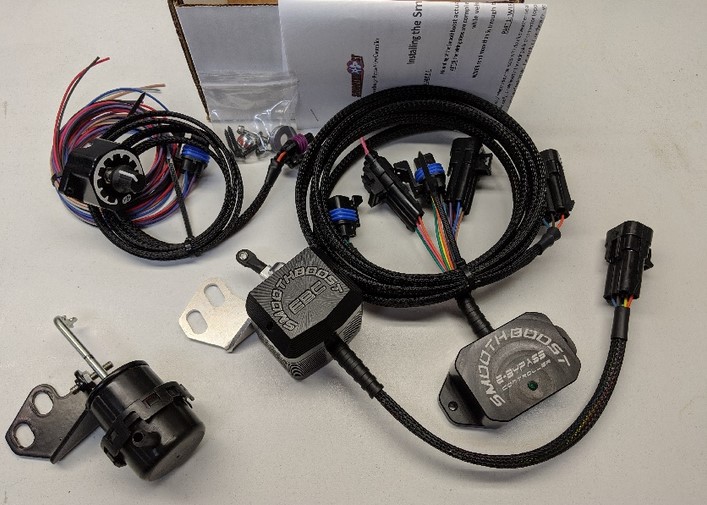
A Supercharger Boost Controller is a device specifically designed to manage and control the boost levels in supercharged engines. These controllers play a crucial role in optimizing the performance of the engine by accurately adjusting the amount of air pressure that is fed into the combustion chamber. The primary function of a Supercharger Boost Controller is to prevent over-boosting which can cause severe damage to the engine. By allowing the driver to set a desired boost level, these controllers ensure that the engine operates within safe parameters while maximizing its power output.
Understanding the Functionality of Supercharger Boost Controllers
Supercharger boost controllers are an integral part of any supercharged engine system. They play a pivotal role in managing and controlling the boost levels produced by the supercharger, ensuring optimal performance and efficiency. Understanding the functionality of these controllers can provide a deeper insight into the workings of supercharged engines and the importance of maintaining the right boost levels.
A supercharger is a device that forces more air into the combustion chamber of an engine, thereby increasing its power output. The amount of air forced into the engine is referred to as the ‘boost.’ The higher the boost, the more air is forced into the engine, resulting in increased power. However, too much boost can lead to engine damage, while too little can result in sub-optimal performance. This is where the supercharger boost controller comes into play.
The supercharger boost controller is a device that regulates the amount of boost produced by the supercharger. It does this by controlling the speed at which the supercharger’s compressor spins. The faster the compressor spins, the more air it forces into the engine, and the higher the boost. By controlling the compressor’s speed, the boost controller can effectively manage the amount of boost produced, ensuring it stays within safe and optimal levels.
The operation of a supercharger boost controller is relatively straightforward. It uses a series of valves and solenoids to control the flow of air to the supercharger’s compressor. When the controller detects that the boost is too high, it opens a valve to allow some of the air to bypass the compressor, reducing its speed and, consequently, the boost. Conversely, when the boost is too low, the controller closes the bypass valve, forcing more air into the compressor and increasing the boost.
Supercharger boost controllers come in two main types: manual and electronic. Manual boost controllers are simpler and cheaper, but they require the driver to manually adjust the boost levels. This can be a disadvantage in situations where quick adjustments are necessary, such as during high-speed driving or racing. On the other hand, electronic boost controllers are more sophisticated and offer automatic boost control. They use sensors to monitor the boost levels and make adjustments automatically, providing a more consistent and reliable boost control.
Understanding the functionality of supercharger boost controllers is crucial for anyone involved in the operation or maintenance of supercharged engines. These devices play a critical role in ensuring that the engine operates at its peak performance without risking damage from excessive boost. They also provide drivers with the ability to fine-tune their engine’s performance, making them an essential tool for anyone seeking to get the most out of their supercharged engine.
In conclusion, supercharger boost controllers are a vital component in the management and control of supercharged engines. They regulate the amount of air forced into the engine, ensuring optimal performance and preventing potential engine damage. Whether manual or electronic, these controllers provide a means to fine-tune an engine’s power output, making them an indispensable tool for anyone operating a supercharged engine. Understanding their functionality can provide valuable insights into the workings of supercharged engines and the importance of maintaining the right boost levels.In conclusion, Supercharger Boost Controllers are essential devices in managing and controlling the boost levels in superchargers. They allow for precise adjustments and optimization of the supercharger’s performance, enhancing the overall efficiency and power output of the engine. These controllers are a critical component in maintaining the balance between power and safety in supercharged engines.